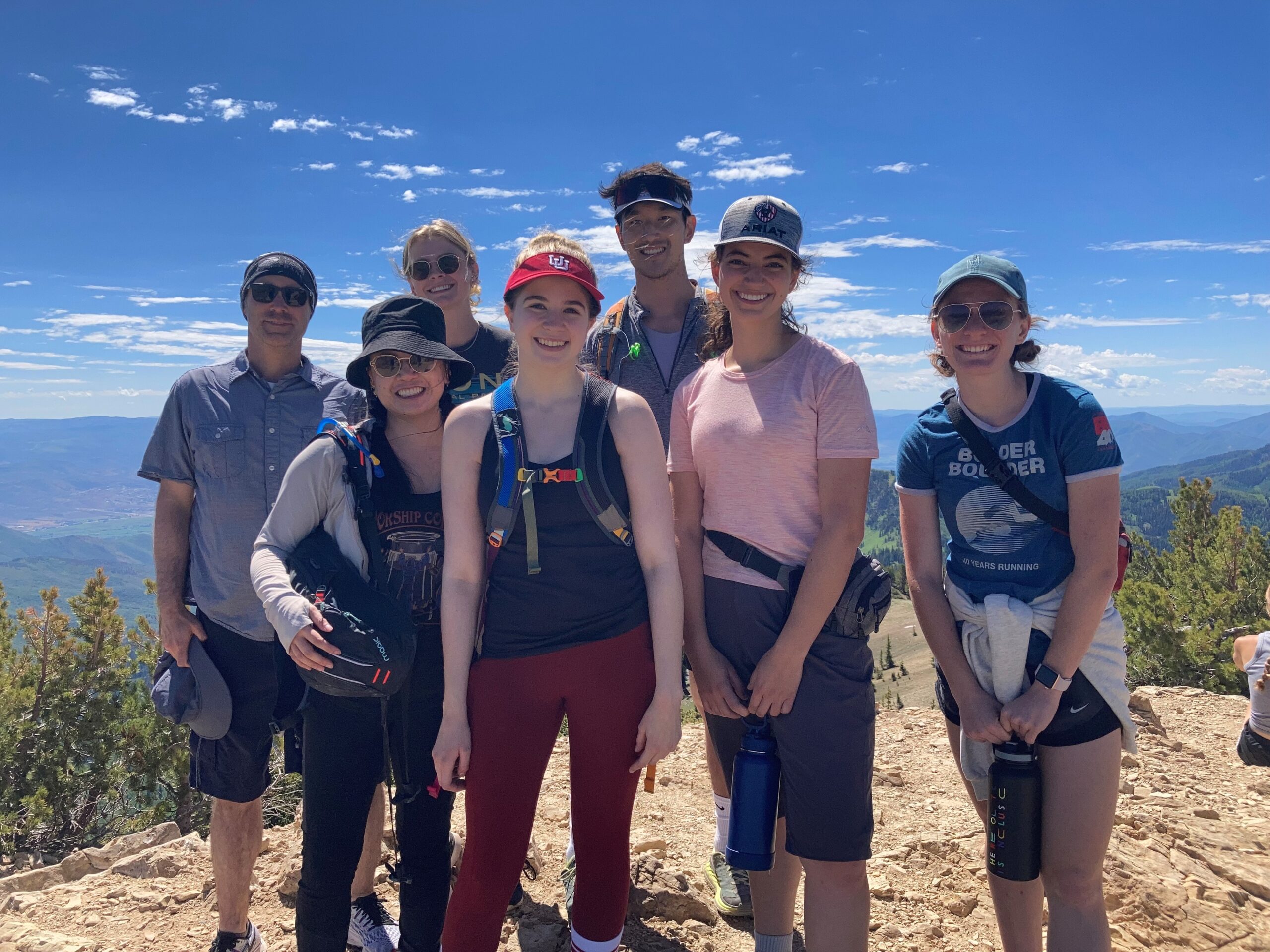Project Background
The objective of this research is to understand the temporal processing of the human auditory nerve and brainstem, which forms the neural foundation upon which hearing is mediated and declines in older adults with normal hearing and hearing loss. Despite the use of hearing devices (hearing aids, cochlear implants), adults with hearing loss struggle to communicate in noisy backgrounds. A similar difficulty is often reported by older adults with normal hearing. This communication difficulty contrasts with the ease at which younger adults with normal hearing communicate in similarly noisy environments. Currently, our understanding of temporal processing comes primarily from studies of animal hearing. We expect that improved understanding of human temporal processing will lead to the creation of neural-based diagnostic tests of impaired hearing, and the development of signal processing algorithms in hearing devices that successfully address real-world listening difficulties.
Our approach is innovative because we will provide a multi-angled, data-driven perspective on temporal processing by simultaneously recording cochlear and brainstem potentials, and simulating auditory nerve potentials with a computational auditory model. Further, we will evaluate the effects of auditory reflexes and other feedback systems on auditory temporal processing by measuring the time course of cochlear and brainstem potentials in response to background noise. This innovation is significant because real-time adjustments in temporal processing are expected to facilitate listening in noisy backgrounds and such adjustments may be limited in older adults with normal hearing and hearing loss.
Student Role
Student research assistants will participate in the design, execution, analysis, and publication of research. Primarily responsibilities will include running and documenting data collection sessions, summarizing data collected in tables and figures, summarizing research findings in reports written to the lab manager, and reviewing/discussing pertinent literature on the project. Data collection for evoked potentials experiments will involve measuring electrical potentials from the brain and the cochlea in human participants via passive electrodes placed on the high-forehead and eardrum. Data collection for perceptual experiments will involve working with a customized graphical user interface in Matlab to quantify the sensitivity of human participants to specific features of sound.
Student Learning Outcomes and Benefits
At the completion of this research experience, the student will
- understand neural mechanisms underlying auditory perception
- understand the anatomy and physiology of auditory reflexes
- understand principles of auditory evoked responses
- understand how to measure and quantify auditory perception
- master techniques for measuring auditory evoked potentials
- masker techniques for measuring auditory perception
- gain or improve on a working knowledge of Matlab programming
- gain or improve on the analysis of electrical and acoustic signals in time and frequency domains
- deepen skills on critically evaluating research

Skyler Jennings
The long-term goal of my research is to understand how the auditory system and brain process sound in noisy backgrounds to achieve robust speech understanding. My current projects center on the hypothesis that efferent feedback automatically calibrates the auditory system to the ever-changing acoustic soundscape. This hypothesis predicts that individuals with cochlear hearing impairment suffer from an inability to adapt to new acoustic environments, since loss of outer hair cell (OHC) function is expected to negatively influence an important efferent subsystem called the medial olivocochlear (MOC) reflex. Despite physiological evidence linking MOC activity to improved signal-to-noise ratios, behavioral studies in humans have yet to provide compelling results to support this claim. This lack of evidence provides the impetus for my recent research interests and activities.
Mentoring Philosophy
My teaching philosophy is summarized in three statements: 1) be a chef, not a cook!, 2) understand the graphs, and 3) rise to the challenge.
Be a chef, not a cook!: I found the major difference between student "chefs" and "cooks" is the ability to master concepts rather than master facts. I teach concepts in hearing science by packaging them into a model or framework. I introduce and develop these models through examples, figures, drawings, formulas, and succinct summary statements.
Understand the graphs: Data is at the heart of the concepts and models in hearing science. Analyzing a graph is an essential skill for learning new ideas and refining the models and frameworks that drive research.
Rise to the challenge: I believe the rigor and quality of education is substantially increased when instructors facilitate in-depth learning and "raise the bar" on academic performance in these areas. My experience is that students will rise to the instructor's expectations if the appropriate support structure is in place. I challenge students with advanced topics in acoustic impedance, signals and systems, Fourier analysis, cochlear physiology, models of the auditory periphery, and psychophysical models of auditory perception. I support students with these challenges by carefully designing assignments, being responsive to email and face-to-face communication, and facilitating interaction with other research assistants. Students in my lab benefit from mentoring activities such as guided literature reviews, impromptu whiteboard discussions, mini-teaching/discussion sessions during lab meetings, and brainstorming sessions about research and how to improve the lab where students are full and valued participants.
